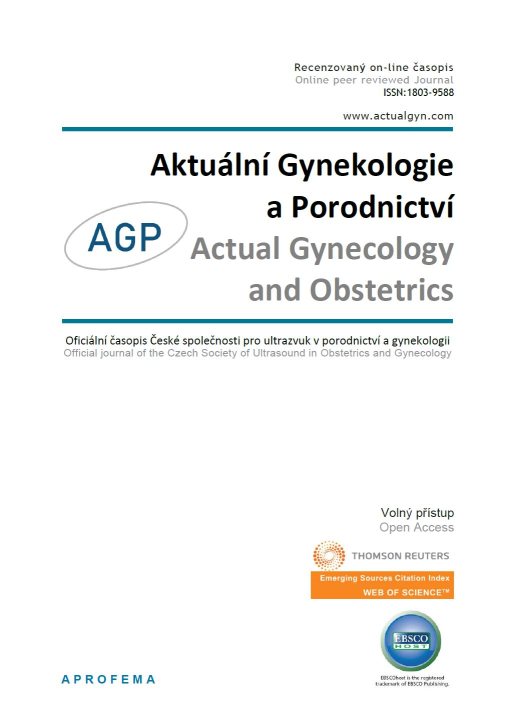











 Official publication of the Czech Society of Ultrasound in Obstetrics and Gynecology.
Official publication of the Czech Society of Ultrasound in Obstetrics and Gynecology.

The human body can experience pain or muscle spasms due to a wide range of factors. The pursuit of optimal pain management and alleviation has led to the use of botulinum toxin (BTX).
Aim: To describe the characteristics and pathophysiology of BTX. The efficacy of BTX was assessed through a meta-analysis of clinical trials employing placebo controls. Due to the unavailability of controlled trials on the vulvo-perineal area, we opted to replace them with controlled trials conducted on striated muscles in various human body regions. We assume that the biochemical reaction is either identical or very similar. This paper outlines our proposed recommendations regarding applications in the vulvo-perineal region, including the corresponding dosage.
Methods and Patients: A review of clinical trials pertaining to BTX was performed. Databases from 2000 to 2023 were evaluated. No placebo-controlled studies were conducted specifically on the muscles of the vulvo-perineal area. Nine trials of patients with muscle spasticity after stroke fulfilled the criteria. Patients were treated with BTX A Botox or Dysport. The assessment of muscle spasticity change involved calculating the mean difference of the Modified Ashworth Scale (MAS) before and 4-6 weeks post-treatment. Cohen's d was employed to indicate the effect size. The overall study's effect size was 0.97; P<.001, indicating a large effect size of the meta-analysis. Homogeneity was not distorted, P = 0.076. Heterogeneity implies slight distortion, I2 = 46%. The forest plot confirms this finding. The Funnel Plot encompasses a wide range of studies, suggesting consistent findings and limited bias.
The dosage of BTX pertains to the fact that commonly used Botox and Dysport have a calculation ratio of 1 IU to 2.5 IU. A Botox dosage ≤400 units is considered safe, with an odds ratio (OR) of 0.97 without a notable rise in adverse events (AEs); a dosage of >600 units has an OR of 2.98, accompanied by a notable increase in AEs. The Botox dosage for the vulvo-perineal area is approximately 100 IU divided into several punctures. After one month, a booster dose is available.
Discussion: We summarized the fundamental physiopathology of BTX and demonstrated its efficacy in mitigating pain and spastic pain among patients. We presented a suitable dosage of BTX in the vulvo-perineal area and discussed potential dosage limitations.